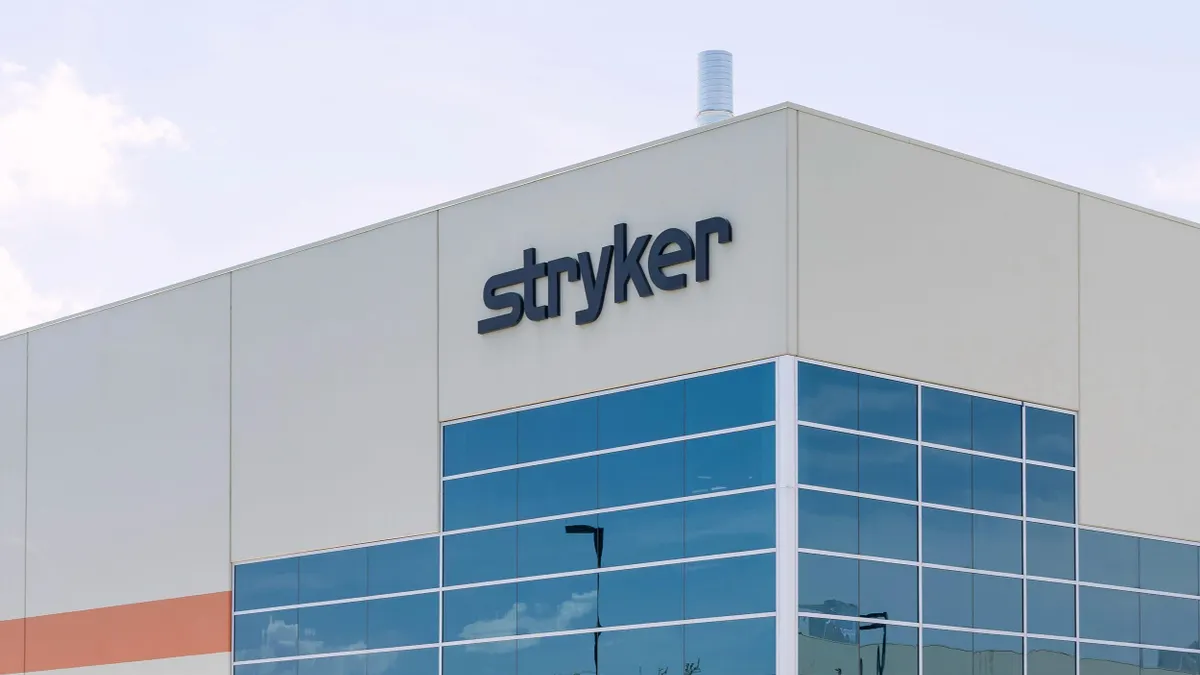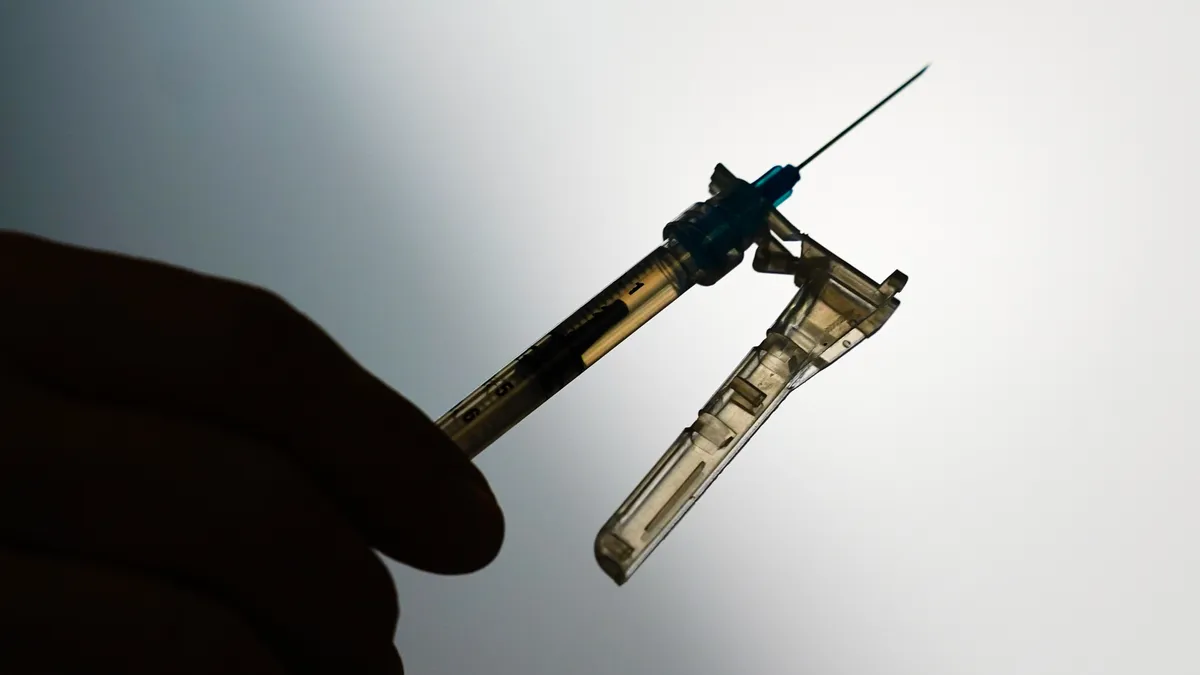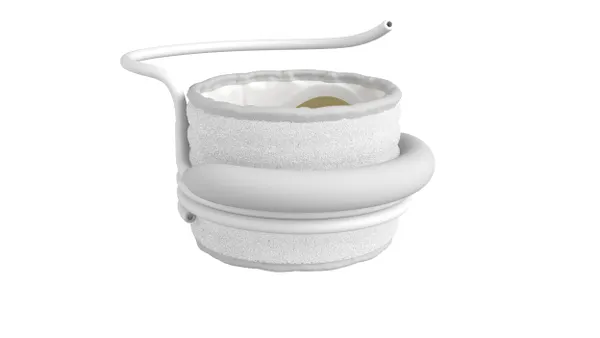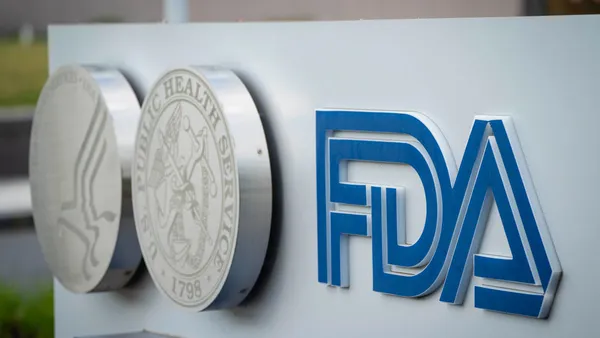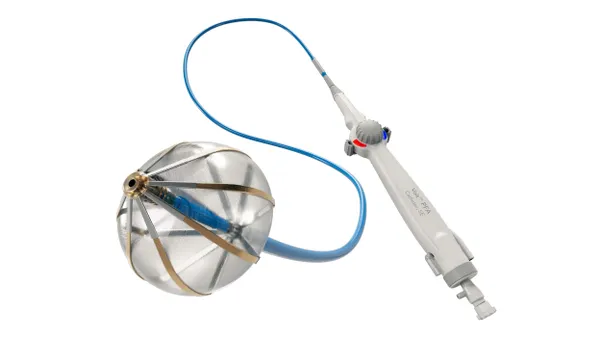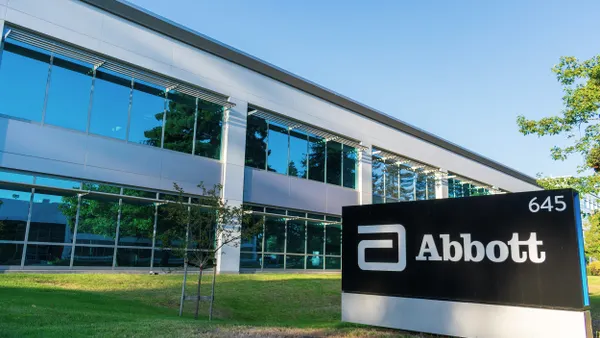Medical device firms are splitting into “haves” and “have-nots,” with investors putting more money into fewer companies, according to a Monday report by EY.
The report analyzed medtech funding rounds and acquisitions from July 2024 to June 2025. During that time, medtech firms raised fewer funding rounds than previous years, but with larger amounts of money. Venture capital investment totaled $8.7 billion, a 20% increase compared to the year-ago period. Total funding rounds, however, declined 47% to a total of 237.
“I don’t think I've ever seen as many hundred-million-dollar venture financing rounds,” John Babitt, EY’s global medtech leader, said in a press call last week. He added that technologies in faster growing markets, such as pulsed field ablation, robotics, diabetes and structural heart, tend to attract more investors.
Mergers and acquisitions followed a similar pattern during that timeframe. Overall M&A spending declined year over year, and deal volume dropped 41% to total 61 medtech mergers. However, the average deal size ballooned to $636 million, bolstered by large acquisitions, such as Stryker’s $4.9 billion purchase of Inari Medical and Thermo Fisher Scientific’s $4.1 billion buy of Solventum’s purification and filtration business.
Most of the acquisitions were for assets that are already close to achieving profitability, the authors of the report wrote.
Eight medtech companies also went public, indicating that the window for IPOs is opening after a multi-year slowdown. Notable IPOs during the 12 months include Beta Bionics, Ketstra Medical Technologies and Ceribell.
“There seems to be more appetite to continue to do IPOs,” Babitt said.
Tariff uncertainty lingers
Dealmaking slowed in the spring, with uncertainty about the Trump administration’s tariff policy looming over the medtech sector.
“It created a lot of uncertainty around valuation,” Babitt said. “You’re not going to be able to get deals done if you can’t come to arrangements on valuation.”
M&A started to pick up in the second half of the year, as some of the levies were postponed or addressed by trade agreements. Babitt said companies have been raising larger venture rounds or have focused on buying later-stage assets that have a path to profitability.
Currently, the impact of tariffs is “somewhat muted,” said Arda Ural, EY Americas life sciences leader. Decisions vary by company on how to handle the levies, including where to manufacture and sell devices. Bloomberg reported earlier this month that imaging conglomerate GE Healthcare is considering selling a stake in its China unit, according to people familiar with the matter.
Several big regulatory decisions still loom, Ural said. For instance, in November, the Supreme Court will hear a case on the legality of the Trump administration’s use of the International Emergency Economic Powers Act to implement sweeping tariffs. The authority to set tariffs rests with Congress, and the IEEPA has never been used before to impose tariffs.
On Wednesday, days after Ural’s comments, the Trump administration disclosed that it has opened a Section 232 investigation into medical equipment, raising questions about whether a tariff hike is in store for the medtech industry.
The scope of the investigation is “initially broad but could narrow throughout the investigation, and the tariff remedies could be wide-ranging, if imposed,” Babitt wrote in an email on Monday. “There are still a lot of unknowns, and we remain optimistic that the MedTech industry is in a position to withstand some headwinds.”


